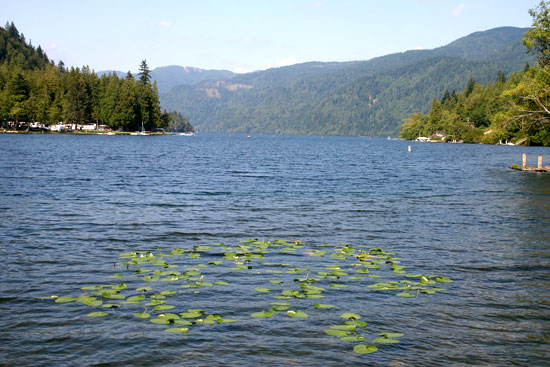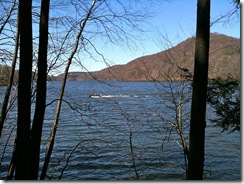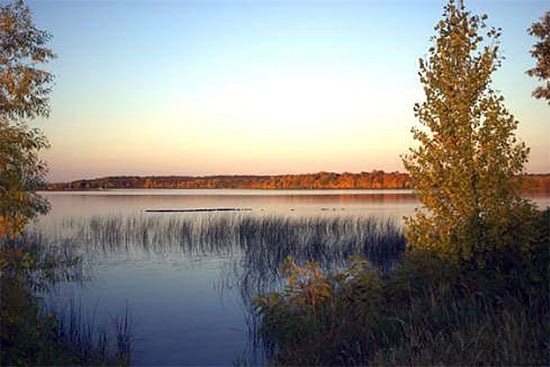Phosphorous mars Lake Whatcom water quality
0
Lake Whatcom
A recently released Lake Whatcom Monitoring Program annual report highlights the lake’s water quality problems. In 2010, dissolved oxygen levels were lower and phosphorous levels higher than the worst conditions ever recorded on the lake.
This comes in contrast to data collected in 2008 and 2009, which did not show a significant decrease in dissolved oxygen, nor a significant increase in phosphorous content or algae growth.
However, in the summer of 2009, the concentration of cyanobacteria in the lake was so high that the algae obstructed the city’s water filtration systems. As a result, water usage restrictions were imposed on residents.
The decline of water quality became apparent as early as 1998, after the Washington Department of Ecology found low dissolved oxygen levels and deemed Whatcom an impaired water body. Phosphorous pollution in the water was and continues to be responsible for the oxygen problems.
Runoff from urban areas, rich with phosphorous, pollutes lake water and encourages algae growth. Dead algae become food for bacteria, which then multiply and deplete the dissolved oxygen in the water. The consequences are typically problematic for local aquatic ecosystems as well as residents.
Robin Matthews is the lead author of the most recent annual report and the director of the Institute for Watershed Studies at Huxley College of the Environment, Western Washington University. She believes human activities around the lake are the main cause of the changes in the lake’s water quality over the past 20 years.
“Lakes don’t usually change very fast,” Matthews said. “Lakes are on a geologic time scale … If I can see things happen over a 20-year period, it means things are happening much more rapidly than normal.”
Efforts being made to improve the lake’s water quality include a five-year lake management plan that extends through 2014 and aims to gradually reduce the phosphorous content of the water by limiting runoff.
Although a step in the right direction, the plan is not expected to cure the problem. Instead, it is a starting point for the lake’s long road to recovery. Natural sources cause a steady influx of phosphorous into the lake, and the sediment pollution that has already accumulated in the lake is expected to take years to disperse.
According to the Washington Department of Ecology, recent lake data highlight the importance of stopping any further increase in phosphorus runoff from new developments and making efforts to reduce the runoff from existing developments.
“This report raises the sense of urgency in stopping the problem from getting worse while we’re fixing it,” said Ecology water quality engineer Steve Hood. “We really haven’t done anything to reverse the trends yet … We need to get to work on cleaning it up.”
There has already been work to address the existing development concerns. Last year, Whatcom County Public Works installed a $210,000 stormwater system just outside city limits to help purify water that feeds into the lake.
“I don’t think that we’re stable yet,” Matthews said. “I was hoping that we might have been.”
Lake Whatcom water quality still slipping, data shows [Tacoma News] Image Credit: http://www.flickr.com/photos/davidburn/4892100079













